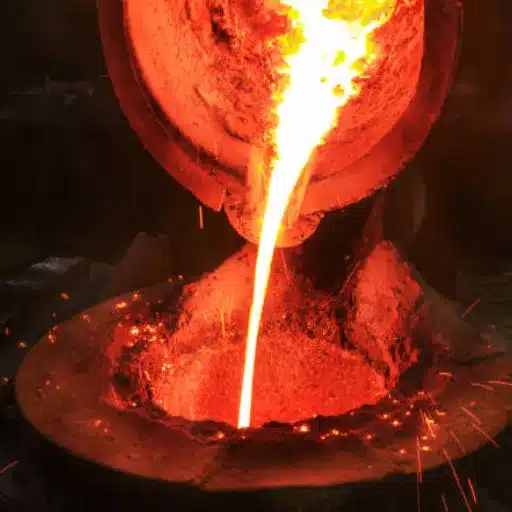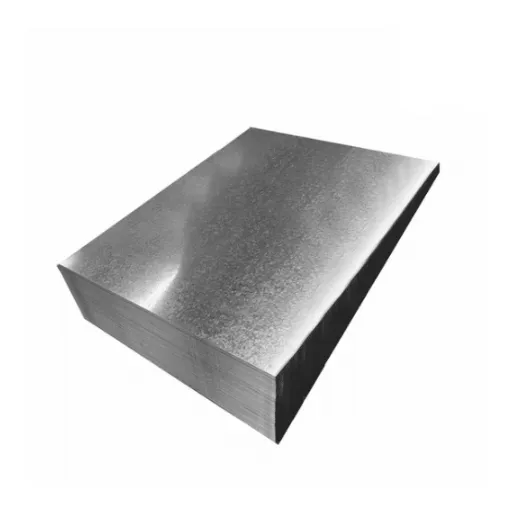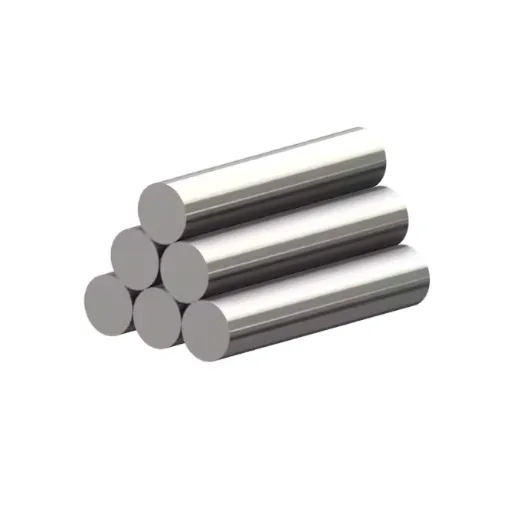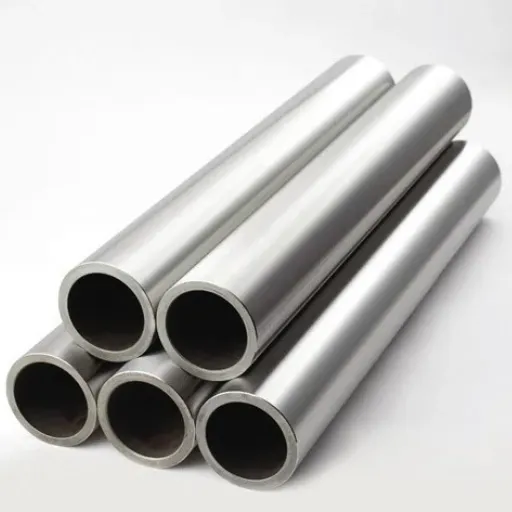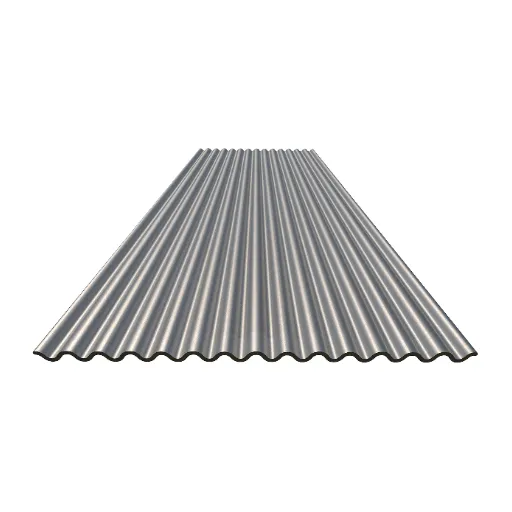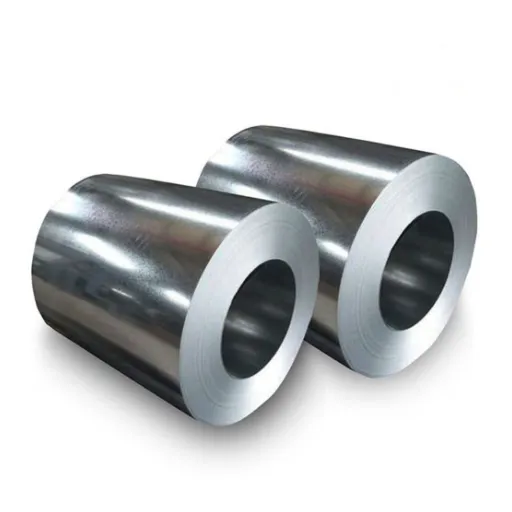AISI 1018 steel is considered to be a versatile material because it possesses moderate strength, reasonable ductility, ease of machining, and can be processed into different shapes. In this blog, I’ll explain the composition and characteristics of AISI 1018 steel to show why it is so popular and adaptable. I will discuss a wide range of AISI 1018 applications such as automotive, construction, and equipment manufacturing. I also want to describe its chemical and mechanical properties as well as how these properties affect its performance in the different sectors. If you are a materials engineer or a manufacturer or even simply interested in the topic, this guide will help you understand the reasons AISI 1018 steel is so frequently used.
Chemical Composition of 1018 Steel
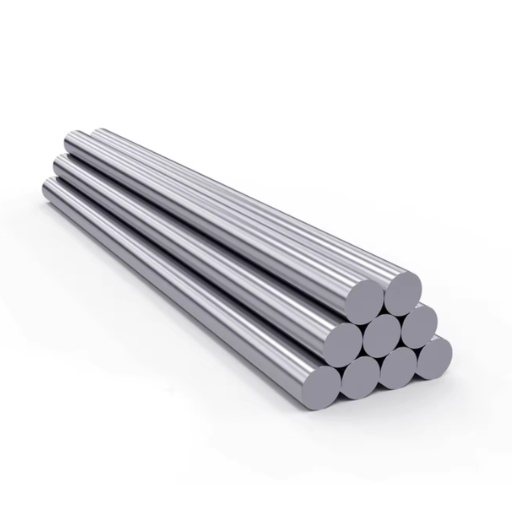
AISI 1018 steel is an alloy consisting of iron (Fe) as its base element along with small amounts of carbon, manganese, phosphorus, sulfur, and other elements that improve its mechanical properties. Their percentage can be displayed as follows:
- Carbon (C): 0.15% – 0.20%
- Manganese (Mn): 0.60% – 0.90%
- Phosphorus (P): Maximum 0.040%
- Sulfur (S): Maximum 0.050%
This alloy is developed to provide good strength and toughness together with good ductility, weldability, and machinability. The milling yield of 1018 AISI steels is influence by the controlled carbon content and addition of manganese which improves wear resistance. Furthermore, phosphorus and sulphur in very low quantities enhance the machining yield, allowing for efficient processing during mass production. Such characteristics make these alloys suitable for manufacturing components for automotive, machinery, structural components, etc., which serves as the main reason for their wide availability in industry.
What is the chemical composition of AISI 1018?
AISI 1018 steel is an alloy made of iron with low carbon content, nonalloyed, which has a mix of different strengths, ductility, and machinability.AISI 1018 steel consists of alloys such as Carbon, Manganese, Iron, Phosphorus, Sulfur, C, P, S, and others. In further breakdown, it has about 0.15-0.20% carbon which enhances moderate weldability and tensile strength. AISI 1018 also contains 0.60-0.90% manganese that helps improve microstructure in steel for the petrol industry by augmenting surface hardness and wear resistance. Finally, P and S are retained under 0.040% and 0.050%, which aids in the improvement of machinability and strength while staying within balance. The rest of the composition are remnants of iron and metalloids in trace amounts to provide consistency and reliability of the steel in industrial applications..
How does carbon content affect 1018 carbon steel?
The performance and the mechanical properties of 1018 carbon steel is affected by the carbon content. the one-one eight (1018) carbon steel has a carbon composition of approximately 0.18% which places this steel in the low carbon steel category. This steel has relatively low ductile toughness which gives it moderate strength, and high weldability. It’s ductility and toughness contribute to good machinability. Controlled carbon content minimizes the chances of brittleness which allows for easy bending and forming of the steel. In addition, the carbon content helps in supporting uniform microstructure formation enhancing predictability in thermal treatments and surface hardening processes like carburizing. Due to these properties, 1018 carbon steel is applicable in various industries.
What are the key elements in 1018 steel?
1018 Steel is an alloy of iron as the base material, together with carbon, manganese, phosphorus, and sulfur in carefully measured proportions. The alloying carbon level of 0.14% to 0.20% enhances machinability while providing strength and hardness. With manganese ranging from 0.60% to 0.90%, 1018 steel gains increased tensile strength as well as improved hardening characteristics during heat treatment. Phosphorus and sulfur together make up under 0.04% in 1018 steel which, while small, helps further bolster surface finish and machinability grade. Such uniform chemical composition leads to 1018 steel having consistent performance and reliable trustworthiness for production and engineering needs which are precision-dependent.
Mechanical Properties of 1018 Carbon Steel
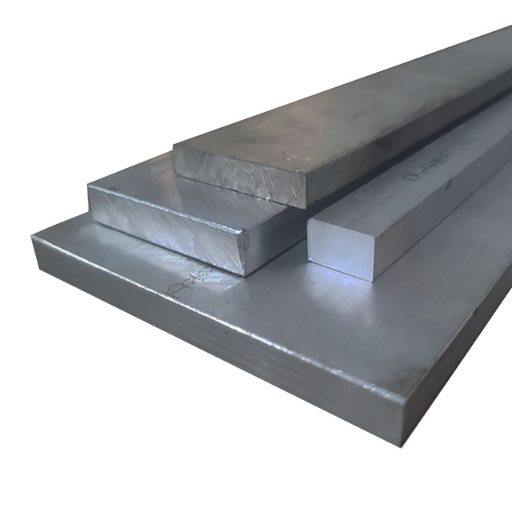
Like most other carbon steels, 1018 carbon steel is soft yet excellent and malleable. These traits make this material widely and crudely utilized in industries like manufacturing or engineering. Some of its key attributes include:
- Tensile Strength: Roughly 440 MPa (64,000 psi) provides stretching under load durability as well as moderate contention.
- Yield Strength: Approximately 370 MPa (53,700 psi) ensures that the material is not easily deformed or damaged.
- Elongation: Approximately 15-20% in two inches which adds to good ductility and forming capability.
- Hardness: Typically measured at 126 HB (Brinell Hardness) showing moderate wear resistance alongside good machinability.
- Impact toughness: Ensures dependable performance in applications which require withstanding of fracture failure under instantaneous load application.
The suggested properties enable the use of 1018 steel for components which need accurate machining and have moderate strength such as gears, shafts, pins, and also, good weldability.
What are the yield and tensile strength of 1018 steel?
Weakly alloyed 1018 steels show a yield strength of about 53,700 psi (370 MPa) with a stress level of plastic deformation and a tensile strength of approximately 63,800 psi (440 MPa). These accurately engineered mechanical properties contribute toward the versatility of 1018 steel grade in moderate strength tasks. The consistent reliability and reproducible behavior under stress further solidifies their dependability for precision engineering and structural components, alongside ease of manufacturability.
How does ductility influence the use of AISI 1018?
Ductility is the ability of a material to undergo plastic deformation prior to rupture and it impacts the performance and use of AISI 1018 steel. It is the reason why AISI 1018 can be drawn into wires, intricately shaped into a complex form, or stretched without any structural failure. Its high ductility also improves the performance of the material in processes like cold working, which is working below the recrystallization temperature. This is important in the manufacture of complex components or structures where exact measurements make high precision extremely important. Moreover, AISI 1018 ductility enhances energy absorption capacity under stress which makes AISI 1018 ductile a suitable material where flexibility and toughness are needed, for instance, in automotive parts and fasteners.
What are the hardness and elongation at break values for 1018?
The scorching heat treatment done on 1018 steel gives it a hardness value on the Brinell Hardness Scale of upto 156 HB. Its ability to resist stresses on the surface and deformation is under controlled stresses, and deformations are 126 HB to 156 HB in range. Moreover, the break elongation for ductility is 15 to 20% in a 2-inch section, which shows the balance of strength and flexibility. This equilibrium is advantageous in applications where moderate toughness, abrasive resistance, and a glimpse of plastic deformation before failing is desired.
Physical Properties of AISI 1018 Steel
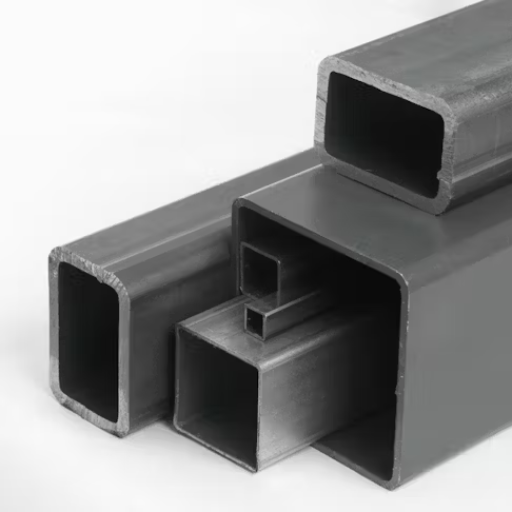
The AISI 1018 Steel has a room temperature value of 51.9 W/m·K for thermal conductivity. This commendable value makes it easier to transfer heat for processes. In addition, the AISI 1018 Steel has a thermal expansion of 11.7 µm/m·°C, which gives a measurement of small expansion making the material thermally stable during dimensional shifts. Further, a value of 486 J/kg·K for specific heat capacity enables heat to be dissipated and retained efficiently. These properties outperform other materials when used in automotive or industrial parts that experience changes in heat, thermal cycling, or require precision under controlled environments.
What are the physical properties of 1018 carbon steel?
The thermal conductivity of steel helps regulate heat during processes like deformation, welding, or machining them at an approximate rate of 51.9 W/m·K. The Brinell hardness of steel permits it to sustain moderate loads while maintaining structural integrity. With an average hardness of 126-146 HB, it enables 1018 carbon steel to withstand brunt mechanical stress. Besides, these characteristics make 1018 carbon steel parts useful in the construction of automobiles and other industrial machinery.
How does 1018 steel compare in corrosion resistance?
Compared to alloyed steels or stainless steels, 1018 Carbon Steel has lower corrosion resistance. Because of a lack of significant alloying elements, 1018’s low carbon content renders it prone to oxidation and rust in wet and corrosive conditions. This lack of oxidation resistance restricts its use in outdoor applications, or anywhere with exposure to salts, acids, or high humidity, unless adequately protective coatings are used. The processes of galvanization, electroplating, and applying protective paints or other sealants improves the surface quality of steel improving Its corrosion resistant properties. Some other materials, like 304 stainless steel, are better suited for these industries that require higher levels of resistance.
What is the weldability of 1018 carbon steel?
1018 carbon steel is known for its weldability. He, SMAW, and GTAW can perform on 1018 without issue. It is classified with low-carbon steel and contains about 0.18% carbon. With such low carbon content, 1018 lacks ductile brittleness and post-weld heat treatment cracking, unlike other materials.
For best results, not preheating thinner sections is more beneficial and post-weld heat treatment (PWHT) might be necessary for thicker components to avoid thermal stresses. Also, Post-weld heat treatment is largely considered unneeded except in cases where mechanical properties are too demanding or absolute precision is necessary. Clean up is easy on this material because it does not produce much spatter while welding and its weld beads are smooth. Widely used filler metals for these materials are ER70S-2 and ER70S-6, which ensure good welds while maintaining strength.
Applications of 1018 Steel in Various Industries
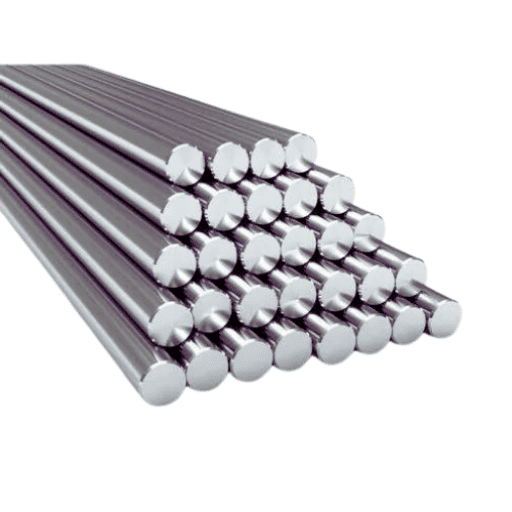
Steel 1018 is used in nearly every area of industry due to its reasonable strength, ease in machining, and a fair price. In the industry, it is known for the production of machine elements, gears and shafts due to its good dimensional stability and easy machining. In the automotive industry, it is used for parts such as axle and other fittings where they need precision and trust. In construction, it is used for many parts as support brackets and fasteners which need strong welds and high durability. Steel 1018 is advantageous because it performs well in many conditions, ranging from small parts to larger industrial applications.
What is the range of applications for 1018 carbon steel?
1018 carbon steel has become very popular across many fields because of its specific features such as strength, ease of machining and low cost. From an automotive perspective, it is used in:
- Automotive Industry: 1018 carbon steel is machined into gears, shafts, and axles and as such, it is always used for fasteners. This is because of its precise machinability and the ability to endure mechanical stress which enables reliable high performance automotive parts.
- Construction Sector: Supports brackets, bolts, and anchor rods are often made using 1018 carbon steel. Because of its ease of welding and tensile strength it can be relied upon for construction with regards to bearing heavy loads.
- Manufacturing of Machinery: 1018 carbon steel is used to make critical machine components such as spindles, bushings and machine screws. Having uniformity in mechanical properties aid in ensuring stability throughout operations.
- Tooling and Fixtures: The steel is ideal for jigs, fixtures and dies and is known to exhibit superb surface hardness in case hardening while having a ductile core. This makes it popular for tools which need to be wear resistant.
- Consumer Goods: Brita appliances, handles, as well as furniture also make use of this steel due to the ease of manufacturing and cheap production costs.
How is 1018 steel used in industrial applications?
Steel 1018 is commonly used in industrial applications because of its mechanical properties and ability to undergo different processes. Its low carbon content limits the chances of deformation during the process of manufacturing, improving machinability which makes it perfectly suitable for precision parts such as shafts, spindles, and pins, which need strict dimensional tolerences. Moreover, steel 1018 serves as structural frames, brackets, and supports because they can bear dynamic loads and have sufficient strength and ductility.
This steel grade hardens well under carburizing, retaining a tough ductile core while increasing wear resistance. Couplings, gears, and bushings which made up of industrial machinery parts that operate in high friction environments benefit from this feature. Despite that, 1018 steel retains its position as a dependable metal due to its efficient manufacturability in low and high scale operations coupled with its formability and weldability which span across various branches of engineering and manufacturing. That makes this material a staple.
Equivalent Materials to 1018 Steel

Sharing similar chemical compositions and mechanical traits enables several steel materials to replace 1018 steel. Some of the common equivalents are:
- AISI 1008 Steel – Lower carbon content results in similar composition with lower machinability and ductility.
- AISI 1020 Steel – Higher carbon content make it closer alternative with better strength but still maintains good workability.
- EN3B Steel (UK Standard) – It is frequently adopted in place of EN3 steel under the BS 970 specifications because it offers comparable mechanical properties.
- C15 Steel (DIN Standard) – This one is low-carbon steel from Germany with properties similar to 1018.
These materials are frequently selected for their access and conformity to 1018 steel’s performance during machining, welding, and general-purpose structural functions.
How does UNS G10180 compare to 1018 carbon steel?
|
Key Point |
1018 Carbon Steel |
UNS G10180 Steel |
|---|---|---|
|
Chemical Composition |
Low carbon, manganese addition |
Similar to 1018, low carbon |
|
Tensile Strength |
Approx. 440 MPa |
Comparable to 1018 steel |
|
Yield Strength |
Approx. 370 MPa |
Similar to 1018 steel |
|
Hardness (Brinell) |
120-150 |
Comparable to 1018 steel |
|
Weldability |
Excellent |
Excellent |
|
Machinability |
High |
High |
|
Ductility |
Good |
Good |
|
Heat Treatment |
Case hardened or carburized |
Suitable for case hardening |
|
Applications |
Structural, machinery, shafts |
General-purpose applications |
What are the benefits of using equivalent materials to 1018?
To all engineers and those alike, having equivalent materials to 1018 steel comes with several benefits in industrial applications. The materials have similar mechanical and physical properties which make them versatile and cost-friendly. Below is a list of some benefits.
- Excellent Weldability
Materials with equivalent composition to 1018, like 1045 or some AISI grades, are low in carbon value which gives them low weldability and, thus, makes them easier for fabricational works.
- High Machinability
With a machinability rating around 70% compared to free cutting steels, 1018 equivalent materials increase production speeds in machining operations which prolongs tool life.
- Moderate Strength and Ductility
Comparable materials to 1018 have tensile strengths of about 440 MPa and yield strengths near 370 MPa. This offers a healthy mix of flexibility and strength making them ideal for general purpose uses which require load bearing without extreme brittleness.
- Cost Effectiveness
Unlike high-strength alloy steels, these comparable materials are more readily available at a lower price which increases their economic advantages for projects like structural parts or machinery.
In conclusion, these equivalently materials together with 1018 steel allow engineers and manufacturers to optimize performance, enhance efficiency, and minimize production expenditures while maintaining steel’s quality and reliability.
Reference Sources
-
Friction Stir Welding and Tensile Strength Optimization: Welding speed significantly influenced tensile strength and elongation. Microstructural analysis revealed refined pearlitic structures in the stir zone, enhancing hardness and strength.
-
Liquid Carburizing for Surface Hardness Improvement: Surface hardness increased by 3.5 times, with a thicker carburized layer forming over longer treatment durations, improving wear resistance and mechanical properties.
-
Dissimilar Metal Welding with AISI 420: Weld zones exhibited higher microhardness (591 HV) than base materials, with tensile fractures occurring outside the weld zone, indicating strong joint integrity.
Frequently Asked Questions (FAQs)
Q: What is 1018 steel composed of?
A: 1018 is a low-carbon steel that is composed primarily of iron with a carbon content of around 0.18%. This composition gives it a combination of strength and durability suitable for various industrial applications.
Q: How does the heat treatment process affect 1018 steel?
A: The heat treatment process enhances the material properties of 1018 steel, improving its hardness and strength. It can be hardened through processes like quenching and tempering, which makes it suitable for applications requiring high durability.
Q: What are the common applications of 1018 steel?
A: 1018 steel offers a wide range of uses, including automotive and machinery components, fabrication of sprockets, and other parts that require good machinability and weldability.
Q: How does the machinability of 1018 steel compare to other steels?
A: 1018 steel is known for its excellent machinability, making it easier to cut and shape compared to higher carbon steels. This property makes it a preferred choice for machining and fabrication tasks.
Q: Can 1018 steel be welded?
A: Yes, 1018 steel has good weldability, allowing it to be welded using various welding techniques. Its low carbon content helps prevent cracking during the welding process.
Q: What is the significance of the ASTM specifications for 1018 steel?
A: ASTM specifications provide standardized guidelines for the material properties and uses of 1018 steel, ensuring consistency and quality in the production and application of this versatile low-carbon steel.
Q: What are the benefits of using 1018 steel in fabrication?
A: The benefits of using 1018 steel in fabrication include its low thermal expansion rate, ease of machining, good weldability, and overall durability, making it an ideal choice for a variety of engineering and manufacturing needs.
Q: How does heat treatment improve the properties of 1018 steel?
A: Heat treatment improves the properties of 1018 steel by increasing its hardness and strength through processes like normalizing, quenching, and tempering, which enhance its performance in demanding applications.
Q: What types of products are commonly made from 1018 steel?
A: Products made from 1018 steel include shafts, gears, sprockets, and various machine components that require a balance of strength, machinability, and weldability.
Q: Why is 1018 steel preferred for carburized parts?
A: 1018 steel is often preferred for carburized parts because its low-carbon content allows for effective case hardening, enhancing the surface hardness while maintaining a tough core, which is ideal for high-wear applications.

